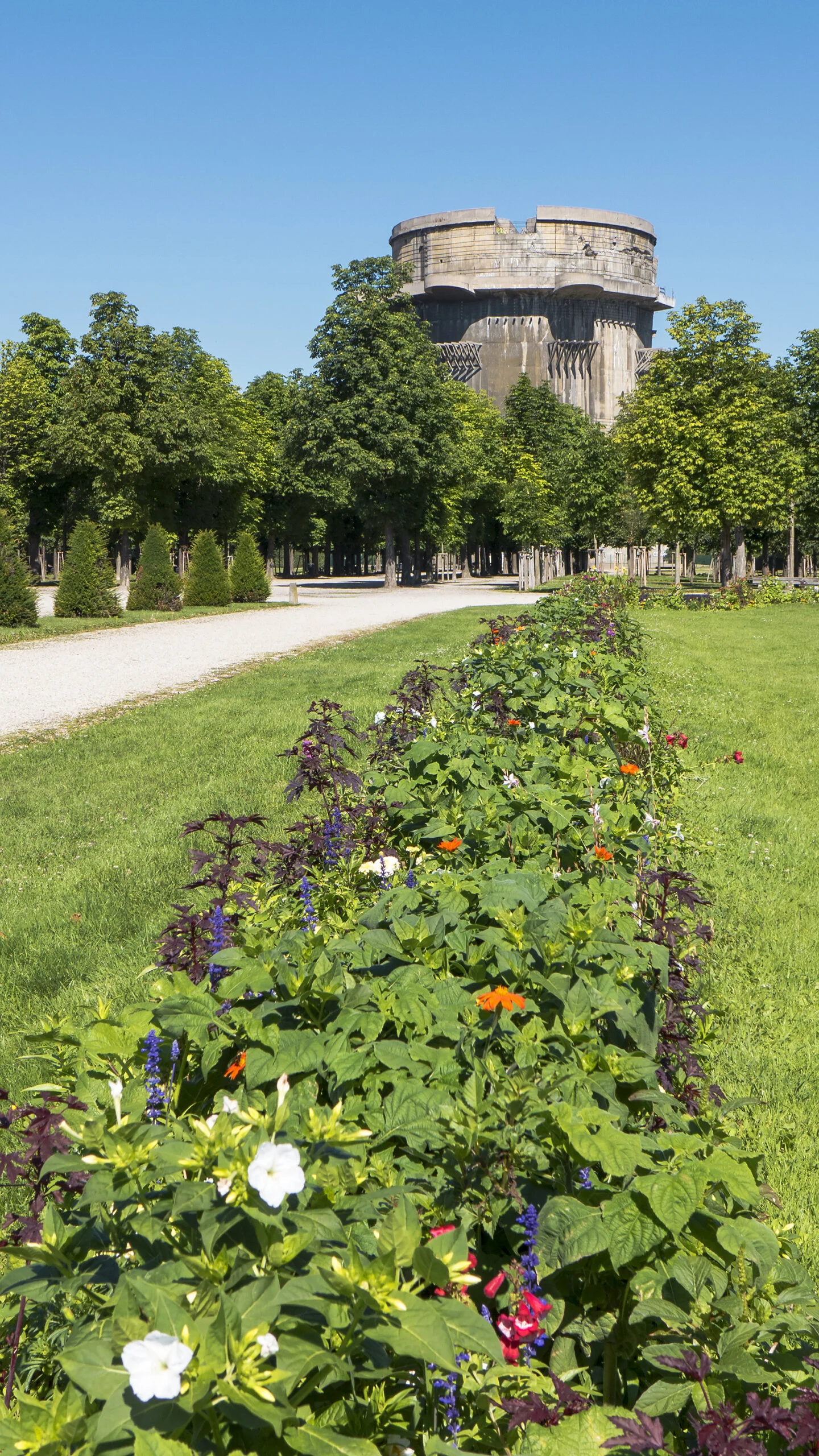Who had the Belvedere Palace built and what was it used for? What triumph was to be expressed by this building? What historical events took place in the Belvedere Palace?
The second most important palace in Vienna is called Belvedere Palace, which consists of the Upper and Lower Belvedere with a Baroque garden in between. It was Beginning of the 18th century as summer residence built for the successful general Prince Eugene of Savoy. Prince Eugene was active against the constantly threatening Ottoman danger and was a great lover of art. The architecture of the castle hints at the triumph over the Ottomans. The green domes on the outer towers are meant to resemble Turkish tents. Prince Eugene had a menagerie built next to the palace, where he kept a lion that mourned his death loudly for days in 1736. Prince Eugene lived in the Lower Belvedere and used the Upper Belvedere for magnificent receptions and festivities. Marie-Antoinette celebrated her engagement here with the French Dauphin Louis XVI. Lucas von Hildebrandt was the architect of this magnificent complex. He also created many other private palaces in the city center. The entire complex is a UNESCO World Heritage Site. Here you can see the largest collection of Klimt paintings in the world . Among them is the famous golden painting “The Kiss” by Gustav Klimt. It shows a closely entwined pair of lovers, possibly Gustav Klimt and Emilie Flöge, his muse, lady of his life, lover?
There is also a selection of Austrian art from the Middle Ages to the present day . As early as 1781 , the Upper Belvedere became one of the world’s first public museums. The main collection, which you can see today, is divided into stylistic periods such as Baroque, Biedermeister, Classicism, Art Nouveau, Expressionism and Viennese Modernism . Gustav Klimt dominates with his paintings . Richard Gerstl, Egon Schiele and Oskar Kokoschka can be found among the Viennese Expressionists. The collection of the Middle Ages impresses with old panel paintings. In the Marble Hall on the second floor of the Upper Belvedere, the Austrian State Treaty was signed on May 15, 1955 , transforming Austria into a free country after 10 years of occupation . The view from the Marble Hall is impressive. The Belvedere Palace lives up to its name. Belvedere, in fact, means beautiful view. At Time Travel you will see the “Belvedere Palace Balcony” where the signed state treaty was shown to the cheering crowd. It was a historic moment on May 15, 1955, when the then Foreign Minister Leopold Figl spoke the historic words: “Austria is free”. The baroque gardens invite you to stroll around like in the old days. Baroque sculptures, a variety of fountains and ornamental trees can be found here. Right next to the Upper Belvedere is the Botanical Garden of the University of Vienna. A true plant heaven for botanists and plant lovers. The Alpine Garden is the oldest in Europe. The Belvedere Museums also include the Belvedere 21 , which is dedicated to modern contemporary art and is about a 15-minute walk from the Upper Belvedere. Time Travel Tip: The Upper Belvedere houses the Klimt paintings, while the Lower Belvedere usually hosts changing exhibitions. There are also combined tickets for both museums. Plan about 2-3 hours for your visit. In about 25 minutes you can walk to the State Opera or take streetcar line D, which stops directly at the Upper Belvedere. More info: www.belvedere.at Image source: https://de.m.wikipedia.org/wiki/Datei:Wien_Belvedere.jpg



